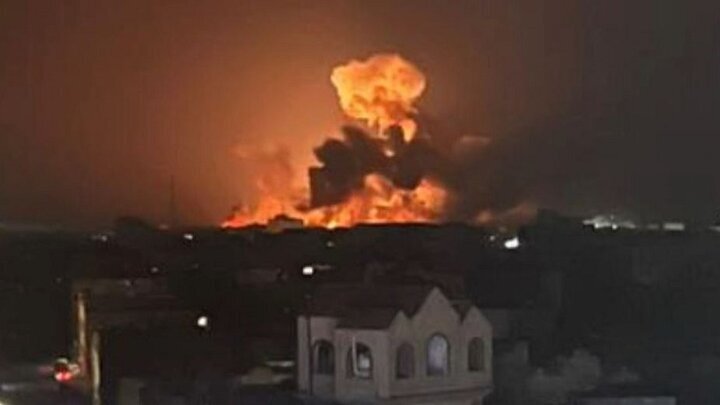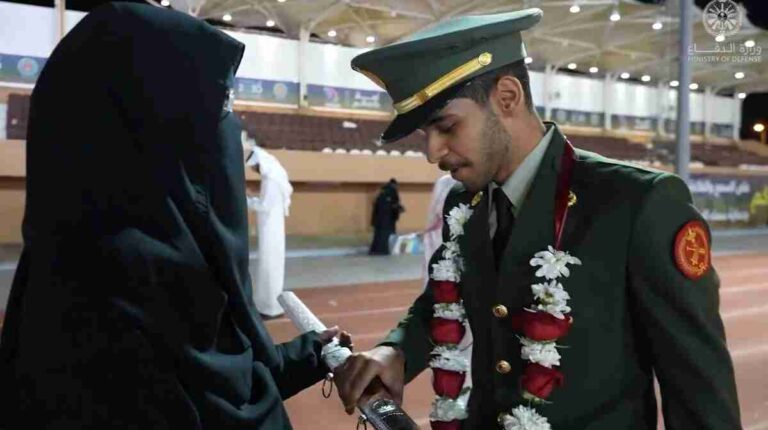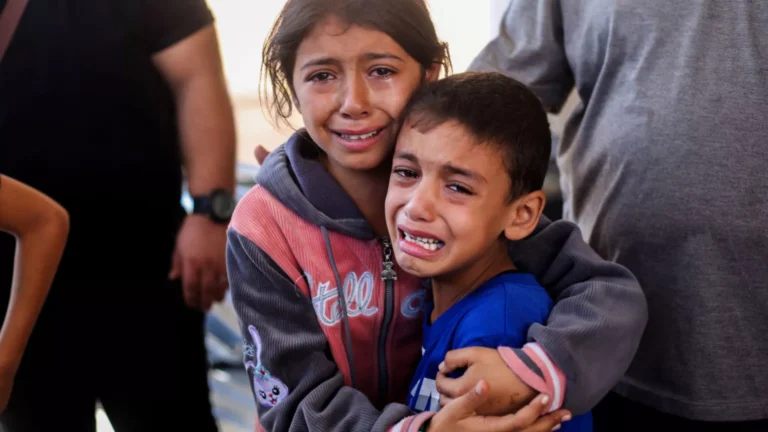US Strikes Kill 500+ Houthi Fighters in Yemen as Campaign Expands
The United States has intensified its military campaign against Houthi militants in Yemen, reportedly killing more than 500 fighters—including high-ranking operatives—since launching a series of daily air and naval strikes over the past month. According to officials and sources familiar with recent intelligence assessments, the operation has severely weakened Houthi military capabilities and disrupted their command structure.
The campaign, which remains largely unpublicized by the US government, has focused on targeting Houthi weapons infrastructure, drone and missile launch sites, training camps, and command centres. Multiple senior Houthi figures—including missile system operators and drone experts—are believed to be among the dead. Officials estimate the death toll could rise to 600 as the strikes extend into new parts of the country.
Houthi Silence and Disinformation
Despite the high casualty count, Houthi leadership has remained largely silent, only acknowledging the deaths of lower-ranking members to avoid panic within their ranks. Families of deceased fighters are reportedly being pressured to stay quiet. In some cases, when locals share information about the deaths online, the group responds with coordinated disinformation campaigns to suppress the narrative.
Sheikh Jamal al-Maamari, a Yemeni national and former Houthi captive, recently published a list of over 650 names of fighters he claims were killed in the strikes. Although Al Arabiya English could not independently verify the list, it supports wider reports of significant Houthi losses.
Targets and Tactical Gains
Sources say that US airstrikes have completely destroyed several Houthi training camps, leaving no survivors. These camps were essential to training militants in drone operations, maritime attacks, and the management of Iranian-supplied weapons systems.
A US official noted that the strikes are part of a broader, multi-phase strategy. The plan is believed to be designed to weaken Houthi defences enough to allow Yemeni government forces to advance, potentially including a ground operation in the future. While US officials have downplayed the idea of direct American involvement on the ground, the strikes appear to be laying the groundwork for such an offensive.
The campaign has also succeeded in damaging key fuel depots and revenue-generating infrastructure. Just last week, the United States Central Command (CENTCOM) announced the destruction of a fuel port in western Yemen.
Civilian Casualties and Criticism
While the US military claims its strikes are targeted and precise, reports of civilian casualties have surfaced. The exact number remains unclear. Officials admit that there have been unintended civilian deaths but have not provided further details.
The campaign has drawn criticism from some US lawmakers, who question the high financial cost and the lack of transparency. The US has already lost at least five MQ-9 Reaper drones—each valued at roughly $30 million. The Houthis claim to have shot them down, including both Air Force-operated and other government drones.
Strategic Objectives and Regional Implications
Yemen’s Information Minister Moammar Al-Eryani praised the US strikes, calling them a strategic shift in response to escalating Houthi aggression. He said the campaign has significantly disrupted Houthi missile and drone launch capabilities, especially in the Red Sea and Bab al-Mandab region.
Al-Eryani revealed that many of the killed fighters were senior figures responsible for orchestrating maritime attacks and arms smuggling operations from Iran. “This is a clear indicator of the campaign’s effectiveness,” he said, while also stressing the need for continued military and political support for Yemen’s internationally recognised government.
He framed the ongoing war as a broader international issue, stating, “This is not just Yemen’s war. It is a battle for the international order, for freedom of navigation, and to protect the region from the expansion of the Iranian regime and its terrorist militias.”
Looking Ahead
US operations in Yemen appear set to continue and potentially expand. Officials warn that the campaign may be long-term, with strategic goals that include not only military weakening of the Houthis but also curbing Iran’s influence in the region.
As the situation evolves, the international community remains divided. Some see the campaign as necessary to restore regional stability and secure international trade routes, while others worry about the humanitarian consequences and escalating violence.
For now, the US military’s silent yet forceful approach has delivered a major blow to Houthi forces—but it has also raised new questions about the future of Yemen, the role of American intervention, and the broader dynamics of Middle Eastern conflict.
You Might Also Like:
Farooq Abdullah Seeks Centre’s Help After Ramban Landslides
Schools in Kashmir Valley to Remain Closed on April 21 Due to Bad Weathe
Four Pakistani Stars Shine in ICC Women’s World Cup Qualifier 2025 Team of the Tournament





